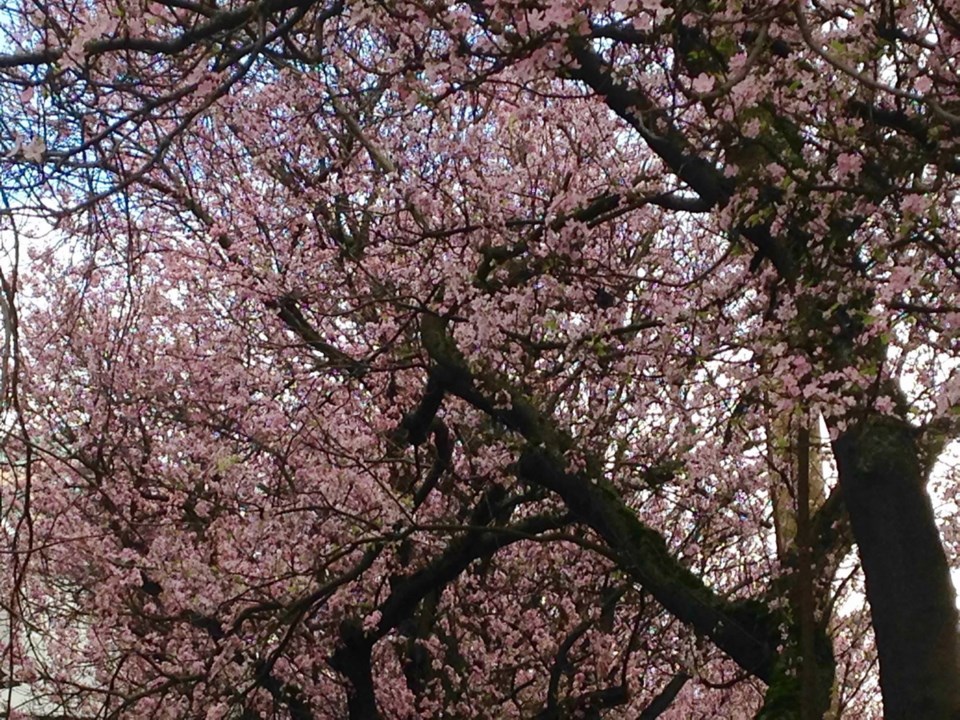Victoria will boost its spending on tree management by $868,000 — a move at least one councillor says could quicken the demise of the city’s aging cherry trees and their much loved blossoms.
Councillors on Thursday endorsed a proposal by Coun. Laurel Collins to allocate the additional revenue for the city’s Urban Forest Master Plan. The city already spends $1.7 million on tree management.
“I think it’s really important that we start to think of our urban forests as infrastructure that we need to take care of,” Collins said. “It [the urban forest] is creating shade. It is part of our ground- water management, it’s our part of our plan to adapt and mitigate climate change.”
Coun. Geoff Young voted against the allocation, which, he said, is an important area but does not merit such a substantial increase in funding given other city needs.
Young said while there is a lot of support for urban forests, the ways in which forest management will bump up against other city policies has not been fully tested with the public.
“I referred last time to some of the blossom-filled streets … that I think a lot of the people consider to be an important part of the city,” he said.
“Council has already adopted the explicit policy of the destruction of those landscapes. We have adopted the policy of not replacing those trees but rather replacing them with native trees,” Young said, adding that with the additional funding those trees could be replaced faster as the trees that are in danger of failure will be identified more quickly.
“We’ll be cutting more trees for a while on our streets. We’ll be planting more, of course, but we’ll be planting different ones,” Young said.
Mayor Lisa Helps supported the funding, which she said is in line with the council’s climate adaptation and mitigation priorities.
“I think this is a very important expenditure on an ongoing basis,” Helps said. “I do think that as the city has grown rapidly in the past number of years, if not compromising our urban forests, we certainly have more to do to steward it as the city will continue to grow.”
The city’s Urban Forest Master Plan was approved in 2013 but little has been done in the way of implementation.
The plan provides guidance on long-term management and enhancement of the urban forest.
Staff say the city has direct control over roughly 33,000 trees — about one-third of the urban forest inventory. The other two-thirds consists of trees on private land.
Thomas Soulliere, the city’s director of parks, said the additional funds will make a significant impact on tree management.
“It allows us to have the additional capacity to expend additional effort, particularly on the private tree inventory, and to really focus on the roughly two-thirds of the total city inventory,” Soulliere said.
“So it’s certainly enough [money] to make an impact in accelerating our efforts.”
The city’s overall tree canopy coverage when last measured in 2013 was about 18 per cent. The Urban Forest Master Plan recommends increasing this coverage to 40 to 45 per cent, a figure aligned with targets for cities around the world, staff say.



